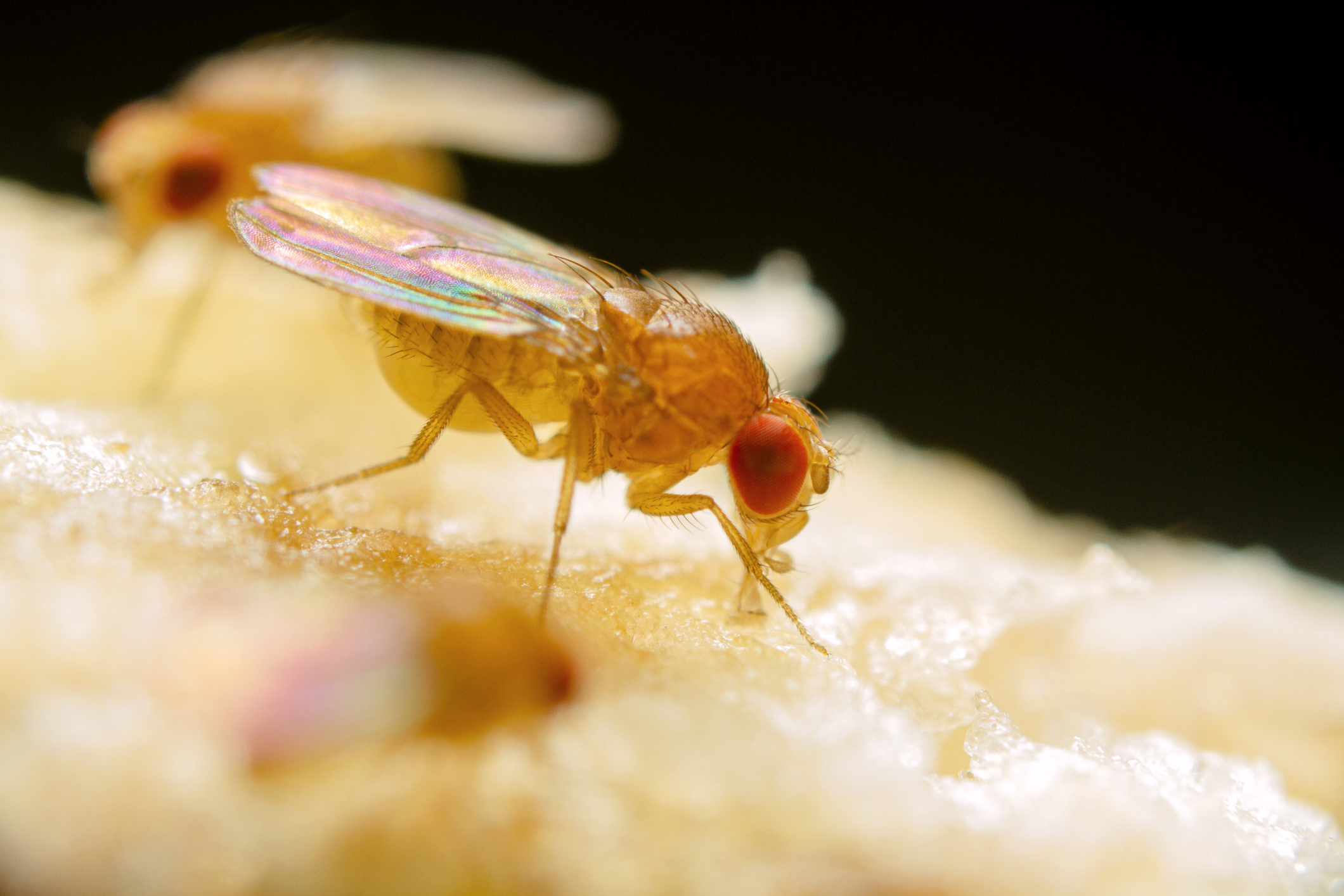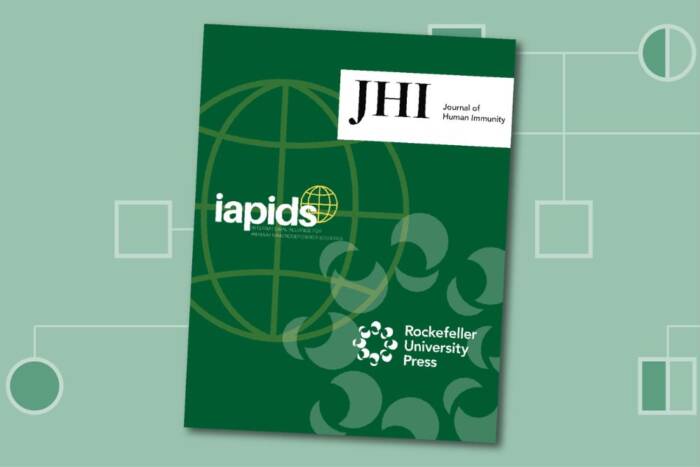Researchers discover neuronal mechanism linked to a minutes-long decision process in fruit flies

iStock
Parents famously go to great lengths to give their kids the best start in life—the right school district, piano lessons, orthodontics. Fruit flies are no different, even if setting their progeny up for success is more basic: If you’re a fly, finding the right spot to lay your eggs—one where they’ll be safe from spiders and starvation—is one of the most important life decisions you will ever make.
Now, a new study published(opens in new window) in Nature has shed light on how fruit flies mull their options while deciding where to lay their eggs—findings that could build a foundation for understanding how humans make educated and strategic decisions.
“We identified a rise-to-threshold calcium signal in the fly brain that ultimately guides a choice between several options, in this case, where to lay an egg,” says first author Vikram Vijayan, a postdoc in Rockefeller’s Laboratory of Integrated Brain Function headed by Gaby Maimon. “It’s an important step towards understanding, generally, how information processing in the brain translates into discrete actions.”
Decision time
All decisions are not created equal. Some are easily made in the blink of an eye—if a rock comes whizzing at your face, you’ll duck without much thought. But others, such as ordering an entree at a restaurant, are informed by weighing different options and might take several minutes.
Such is the case for flies pondering where to leave their eggs. To study that, Vijayan built a little, rotatable, treadmill that allowed head-fixed flies to walk across different surfaces with varying sucrose concentrations, mimicking different parts of a fruit that they might encounter in the real world. Since the flies were walking in place, the researchers could measure brain activity as the insects perused the options.
Meanwhile, the researchers homed in on a specific set of brain cells known as oviposition descending neurons (oviDNs), which, in prior work, had been generally linked to the ability to lay eggs.
The researchers’ sought to understand whether activity in these cells might inform when and where flies lay eggs. Prior work in neuroscience had shown that decision-making-related cells express activity that rises to a threshold level when a decision is taken. However, these past signals had only been shown to rise over a few seconds or less, meaning that they could explain how a person ducks when a rock comes whizzing at them but not how someone selects their dinner at a restaurant.
By imaging the activity of oviDNs, the researchers discovered a calcium signal that fluctuated up and down as flies inspected different egg-laying options, eventually reaching threshold or peak level exactly at the moment egg-laying was initiated. Advancing on past work here, the rising process could take a minute or more to reach threshold, providing a mechanism for decisions on this longer timescale.
Initially, the researchers simply observed the neuronal process; but later, they carefully began adjusting the process to see if it would affect the decisions taken. At times, Vijayan activated the neurons to expedite the rise-to-threshold process. When he did so, he noticed that the eggs emerged as soon as the neuronal activity reached the threshold value, confirming that the egg-laying decision was indeed linked to this process hitting its threshold. “Generally speaking, it has been hard to causally tie threshold crossing with action initiation in any animal,” Vijayan says. “But in this case, we found that the rise-to-threshold process causes an action to happen.”
At other times, Vijayan gently inhibited the oviDNs, prolonging the time it took for the process they participate in to reach threshold. Flies in those experiments took longer to make a decision and when they did, the flies also made more accurate decisions. That is, they laid even more of their eggs on the substrate that matched their expected preference in the wild.
This finding suggested something humans already suspect—often, the more we are willing to weigh options, the more likely we are to pick a better one and thus make better decisions. “The same is true for flies. The more time the flies spent exploring, the more they tended to pick an option that presumably ensures better survival of their offspring,” Vijayan says.
New Avenues
The researchers believe that the findings from this study may ultimately inform how decision-making processes unfold in mammals and perhaps even humans. “This work allows us to imagine that a similar rise-to-threshold process might exist in our own brain as we pick clothes to wear in the morning––a task that resembles the one our flies are performing,” says Maimon. He also notes that if we can understand how minutes-long decision processes work in the healthy brain, this can only help to inform, down the road, approaches for treating neuropsychiatric diseases where decision-making abilities are altered on this timescale.
As next steps, Maimon and Vijayan want to understand the molecular mechanisms that enable rising signals for decision making to be built. “The calcium signal we see in these neurons sometimes moves up and down for reasons we can’t explain. We explored one factor—the relative chemical composition of the options—to explain the rise and fall of the calcium signal. Exploring other factors might help us to understand more comprehensively how this process unfolds and thus how minutes-long decisions are taken by animals in nature,” Maimon says.



